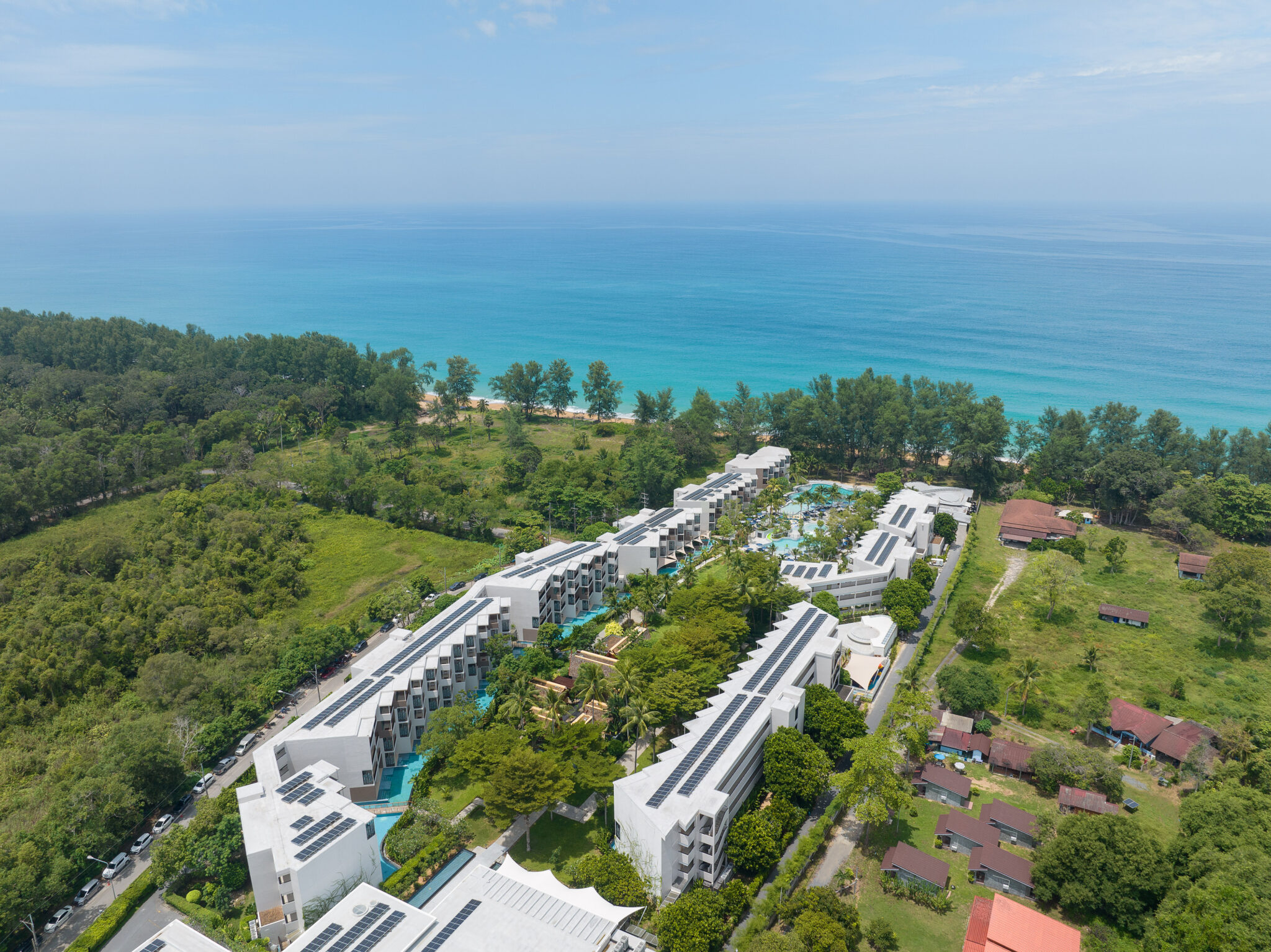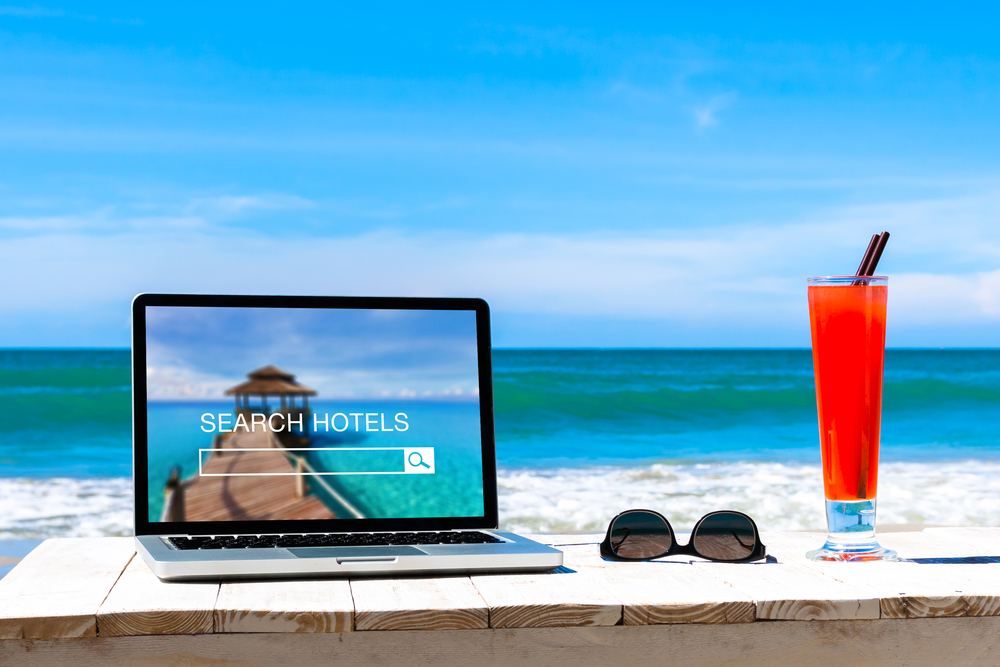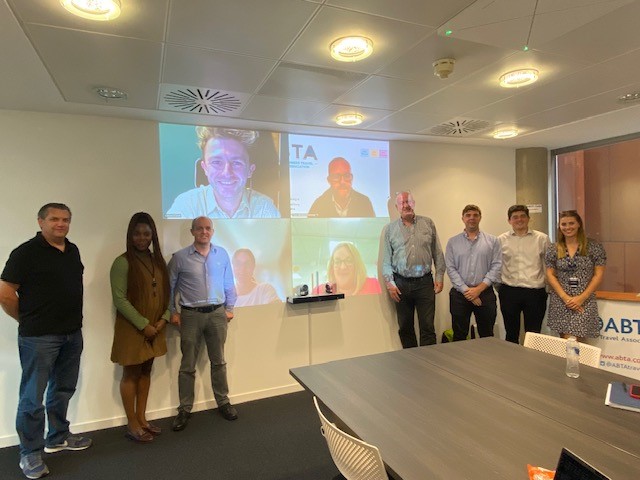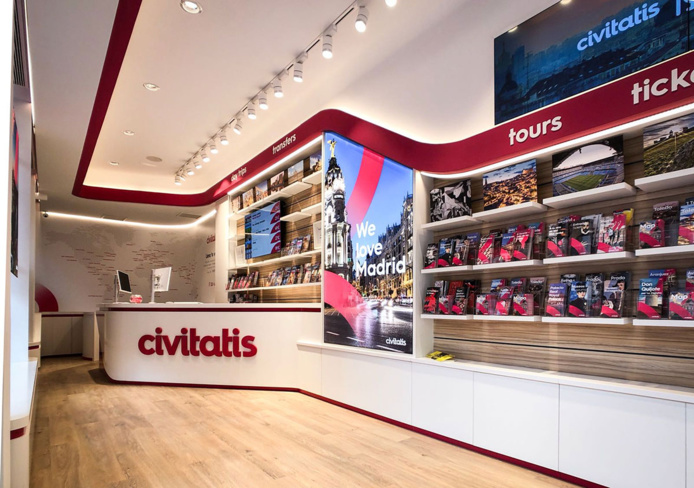
The Philippine government has called out to urban planner Jun Palafox and his team to help plan the design of Boracay, and I would say it was just in the nick of time.
As an avid fan of urban planning (since seeing the film ‘Urbanized’), I’ve looked up to our local hero-architect and urban planner, Jun Palafox. He is the principal architect and urban planner behind the internationally-acclaimed group Palafox Associates and his expertise lies in architecture, urban planning, town planning, site planning, engineering and interior design.
On Thursday, he met with Philippine government officials and finally unveiled a master plan for the troubled paradise. Through his vision, and with the local government’s help, Boracay is planned to have more open spaces, greener structures, and eco-friendly ways of transporting millions of people each year.
According to his initial plans, the island’s land area will be 70% open space, and only 30% will be for establishments.
“This is, as they say, a crisis, but also an opportunity.” – Jun Palafox

Palafox and his group are looking at the Maldives as a model for its complete rehabilitation. In the meeting, he presented 33 recommendations in these specific areas: transportation, drainage, infrastructure, waste management, power, security and visual pollution.

Palafox suggested that only battery-operated trikes, buses, monorails, and cable cars should be allowed. There will be bike-friendly spaces and a possible rail system in mind. He also noted that there must be a 3-metre-wide access road to the beach at an interval of 400m.
Regarding infrastructure, Palafox recommended that beachfront establishments must be at least 50m away from the high-water level – a double in length from its current 25-metre distance.
In addition, Palafox added that buildings should not be taller than the coconut trees and should have no habitable spaces on the ground floor. And more importantly, all establishments must have their own sewerage treatment plant.
According to government officials, these new rules will be strictly enforced and structures situated in forestlands and wetlands will be demolished.
“When we plan, we must always respect nature because nature will come back to us.”

After the government has released a statement of not closing the island earlier this month, reports now say that they’re looking at a possible island “shutdown” from June to September. During this time, tourists and outsiders will be prevented to enter the island.
Palafox does not agree with this strategy and added that instead of closing the island for three months, the government should look for other ways to rehabilitate the island so that residents will not suffer.
Finally, he added that the volume of people and establishments in the island should be limited, especially in peak seasons.
“People first and planet earth. Not just the profit.”



 share
share


















































